Explore by Theme: Changing Neighborhoods
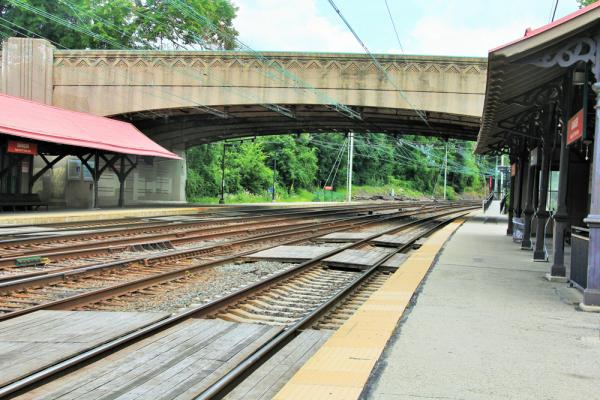
From the mid-19th century onward, the Pennsylvania Railroad’s “Main Line” trains spurred the development of affluent suburbs just northwest of the City of Philadelphia. Overbrook’s residential development benefited immensely from the railroad’s passage through West Philadelphia to the central city. Electric trolleys arrived in Overbrook in 1895.
Overbrook Farms, an elite turn-of-the-20th-century suburban development notable for its curvilinear streets and late-Victorian and early-modern houses arose in the quadrant of 59th to 66th streets between City Line and Woodbine Avenues. The project involved more than 50 architects; its hallmarks were (and still are) spacious late-Victorian and early-modern houses arrayed on curvilinear streets.

University Redevelopment Area Unit 3 came to represent the divide between university and community after residents were displaced as part of the creation of the University City Science Center.
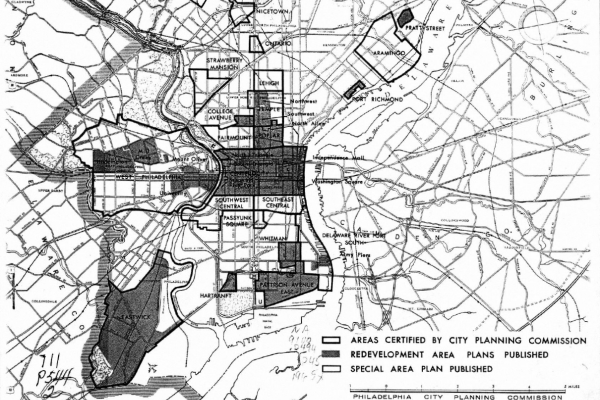
Following World War II, urban renewal provided the resources for city officials and developers to create dramatic changes to the physical and social landscape of West Philadelphia.
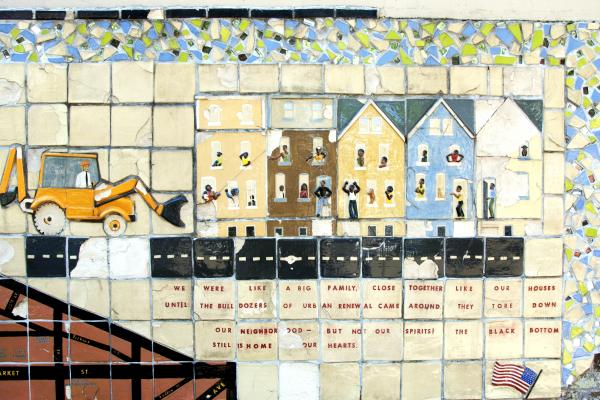
The University of Pennsylvania’s role in the creation of the University City Science Center in RDA Unit 3, a working-poor, majority-African American neighborhood known locally as the “Black Bottom,” severely damaged its community relations for decades to come.
Drexel’s campus expansion, funded by federal and city urban renewal dollars in the decades following World War II, brought the University into conflict, first with Penn and then with Drexel’s neighbors in Powelton Village.
The Drexel Institute of Technology’s successful efforts to receive half of University Redevelopment Area Unit 1—originally designated exclusively for the University of Pennsylvania’s campus expansion—asserted the Institute’s importance as a rising educational institution in West Philadelphia.
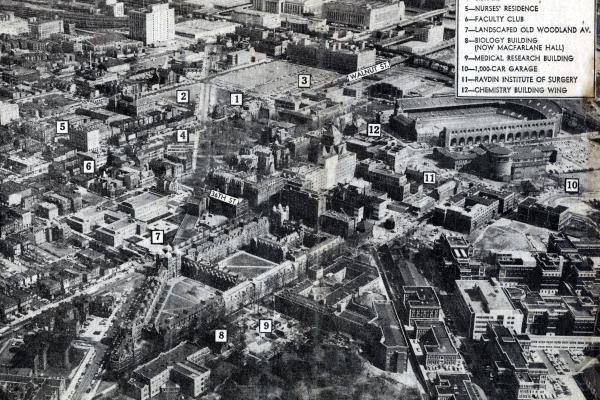
In the 1960s, the University expanded west and north in Redevelopment Authority Unit 4, drawing upon both federal and state urban renewal building funds.
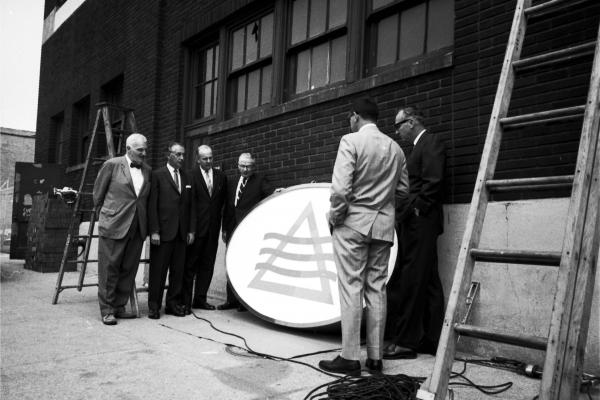
The West Philadelphia Corporation, a non-profit coalition formed by local “higher eds and meds,” created and marketed the neighborhood of “University City.”
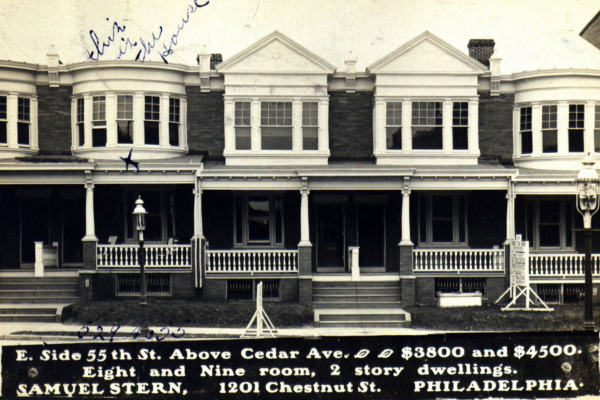
A housing crisis, combined with White resistance to Black settlement, created high rents and overcrowding for migrants in the first wave of the Great Migration.